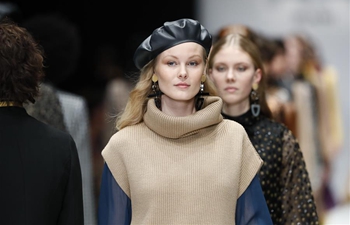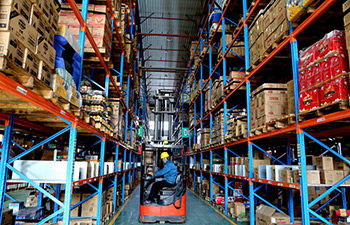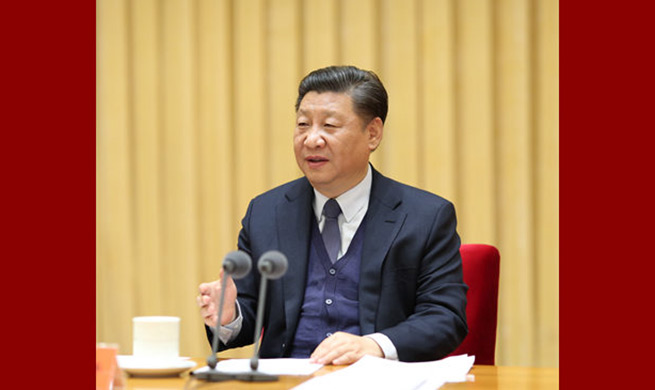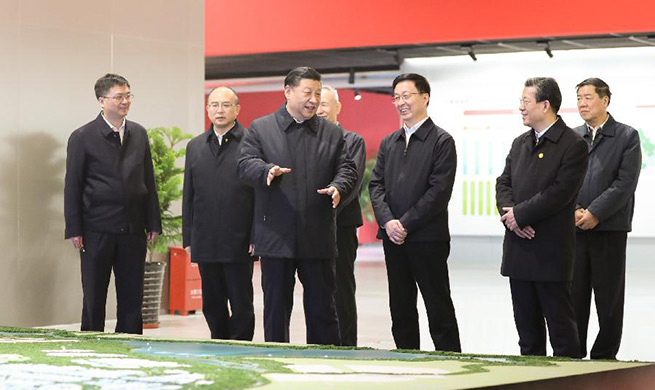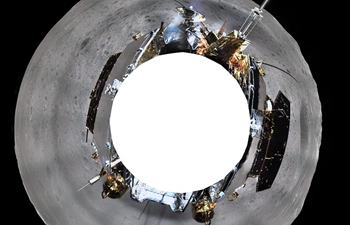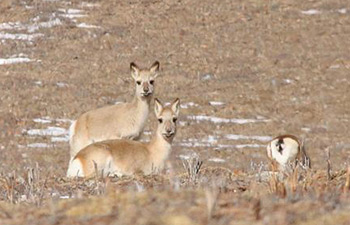by Michael Strong
DETROIT, Jan. 16 (Xinhua) -- The year of 2019 is set to be a milestone for the North American International Auto Show (NAIAS): it marks the 30th anniversary for the Detroit event to become an international auto show, and will be the last year for the event to be held in January.
The 2020 NAIAS will be held in June, when a food and tourism festival will be held simultaneously.
Long seen as the preeminent auto show in North America, the Detroit event had been considered the kickoff event for the auto show season. Now it is struggling to keep pace with similar shows in Los Angeles and New York.
Detroit isn't alone. Frankfurt, Geneva, Paris and Tokyo, all have seen their overall attendance, once considered mandatory by automakers, shrink in recent years. The Detroit Auto Dealers Association had signaled its intention of abandoning its traditional, mid-winter schedule, and considered a switch to October, but that would have conflicted with other shows in Europe and Asia. So June was selected.
At its peak, as many as 70 new vehicles were unveiled during media previews that would fill three full days. This year saw less than half that number, with barely one day of news conferences. With such brands as Mazda, Volvo, Jaguar and Land Rover absent for the 2018 show, Mercedes-Benz, BMW and Audi skipping this year, the Detroit show is but a shadow of its former glory.
Automakers strove to break news during this event and went to great lengths to capture the attention of the world's automotive media. Chrysler once drove a Jeep Grand Cherokee up the stairs to Cobo Center - the massive exhibition hall on the banks of the Detroit River where the show is held - shattering the glass doors at the entrance and into the hall as the world's media watched aghast on a massive television screen on the automaker's stage.
Vehicles have been dropped from the ceiling, played leap frog over each other, and been driven on to stages by some of the world's most famous actors, actresses, racers and others, just so automakers could get the top spot in next day's newspapers or that evening's newscast.
More than 5,000 reporters attend the show annually, but they're getting less and less out of it, as automakers are reallocating their financial resources to other marketing events, especially smaller, more concentrated events, away from competitors.
The Detroit show has been hit hard by the success of several events. The Los Angeles Auto Show moved to a new date in November, and expanded its scope. This drew more attention to that show, causing automakers to re-examine and reallocate money for the size of their display and related activities in Detroit - and to see if it made sense to break news in Detroit or Los Angeles.
The rise of the Consumer Electronics Show (CES) in Las Vegas that precedes the NAIAS by a week in January is also a blow to the Detroit event. For many years, CES was simply where technology companies went to show off their latest widgets. However, as the technology and automotive worlds became more and more entwined, more automakers began breaking news there rather than waiting until the Detroit show.
A problem that the Detroit auto show has been fighting since its inception 30 years ago is: Detroit is not the most hospitable place in early to mid-January. Attendees often trek through massive snowfalls, howling winds and sub-zero temperatures to attend the show.
A German executive said that Detroit was tough because it was often dominated by the domestic manufacturers and it's not a nice place to travel to in January because of the weather.
Show organizers are excited about the move to June next year. The improved weather will give automakers the opportunity to not only have displays inside the exhibit hall, but also engage with attendees, both media and the local population, in new ways and in an outdoor setting.
"I'm happy with the move to June," said Bill Ford Jr., executive chairman of Ford Motor Co., during this year's show. "I've long said that Detroit should showcase itself in better weather. It will be a completely different event next year."
The new show time, however, isn't without its problems. It extends the auto show season which traditionally ended in April with events in New York and, alternately in Beijing and Shanghai each spring. However, Mercedes-Benz chief Dieter Zetsche already hinted that the German automaker is likely to return in 2020 after sitting out this year.
